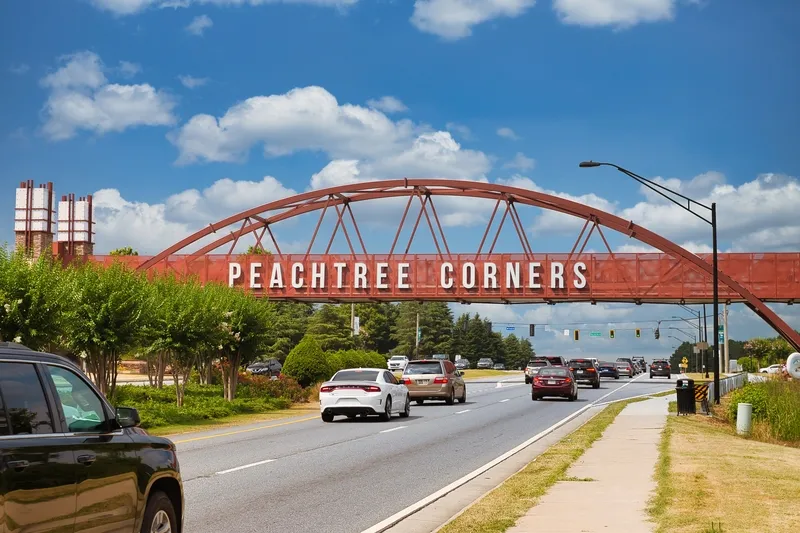
Traffic engineers can use the latest advances in vision technology to streamline and enhance traffic management.
The idea of using one camera to perform all functions at an intersection is attractive to authorities for many reasons and camera supplier
Such technology has helped the authorities in the City of Greenwich, Connecticut, which was experiencing increasing difficulty dealing with the directional detection offered through traditional traffic cameras, as well as shadow and positioning issues. The solution came in the form of Gridsmart’s Bell Camera which protects the downward facing optics from the elements.
According to Sean Turpin, Town of Greenwich, the solution was easy to install and has provided reliable detection in all weather conditions, and the volume data is now also being archived for future timing upgrades.
Across in Allentown, Pennsylvania, the opening of a new hockey and entertainment complex left the local authority needing to manage an influx of visitors to the downtown area without a central traffic management system and traffic signals with minimal communication. To address the situation Gridsmart’s units were deployed at 36 intersections to gather traffic data to adjust signal timing and traffic flow strategies as well as providing real-time remote monitoring and visual assessment.
Vision processing techniques do not necessarily depend on visible light as infrared, scanning radar and thermal images can also be interpreted computer algorithms. A prime example is
The installation forms part of the authority’s efforts to make Liverpool’s streets safer for cyclists and it has already installed thermal traffic sensors on two busy intersections. It is creating a network of safe cycle routes and had developed a scheme for Leeds Street, which links directly to Pall Mall and the waterfront.
“In the previous traffic layout, cyclists effectively had to cross six lanes at the same time as the traffic,” says James Leeming, senior project manager at Liverpool City Council. “For some cyclists there was not enough time,” he said, adding; “Not to mention how dangerous it can be when big vehicles and cyclists cross the street together in a crowded traffic situation at pinch points.”
Encompassed in the new scheme is road resurfacing, bespoke traffic signals, LED street lighting, public realm regeneration, cycle and pedestrian facilities and capacity improvements. The new traffic signals display a green bicycle which allows cyclists a five-second head start before the main signal turns green to release the other traffic.
However as Leeds Street is a major route, the authority did not want to incorporate an additional ‘cycle’ stage permanently into the signal sequencing because this would increase waiting times for both cyclists and vehicles. Instead it specified a demand-based head start for cyclists which was achieved by using ThermiCam sensors to detect and distinguish cyclists from other vehicles. These use the thermal energy (rather than light) to detect vehicles and cyclists and not only at the stop line, but also some distance from the stop line regardless of weather and lighting conditions.
Now Vauxhall Road and Pall Mall have one ThermiCam unit on both sides of Leeds Street. Once the sensor detects a cyclist it transmits the information to the traffic light controller to trigger the traffic signal to take into account the cycle presence before the stage change point.
“This way we can reduce the number of cyclists arriving at the stop line just after the stage change decision and missing out on the cycle stage,” said Leeming. The implementation has reduced vehicle idling time while improving both traffic flow and the safety and mobility of cyclists.









